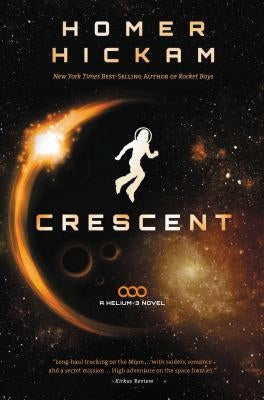Jack (Not Jackie)
$17.99
Brewing Up
$5.99
Ghosts of Wilmington
$21.99
Haunted Macomb
$21.99
Peter Rabbit
$10.95
By the Sea Shape Book
$10.95
Playing in the Light
$15.99
The Mexican Revolution
$18.95
Hidden Blessings
$17.99
Immanuel's Veins
$17.99
The Shadow Lamp
$17.99
A Reluctant Queen
$17.99
Crescent
$9.99
Savannah by the Sea
$17.99
Midnight Sea
$17.99
Hometown Texas
$32.50
San Antonio in Color
$19.95
As Clean as a Bone
$14.00
Missions by the Spirit
$24.00
Angel Fire
$16.95
Just Girls
$16.95




















































